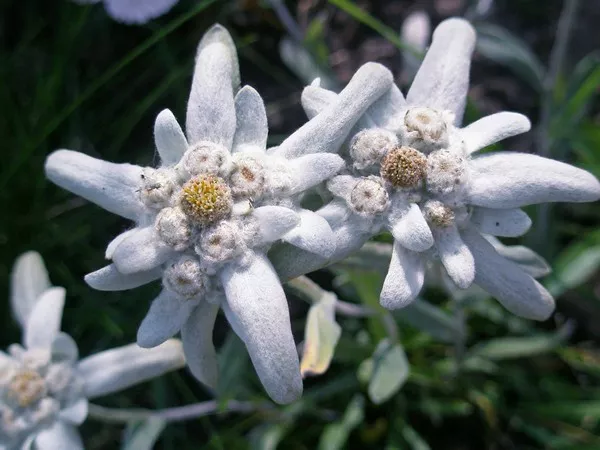In southern Mexico’s Oaxaca state, the arrival of November 1 is met with anticipation and joy, as families prepare to commemorate the Day of the Dead. This cultural celebration sees families adorning homemade altars to pay homage to their dearly departed, a tradition deeply rooted in their ancestral heritage. As night falls, they gather at cemeteries, illuminating the path for their loved ones with candles.
Ana Martínez, a resident of Santa María Atzompa, Oaxaca, is among those who eagerly anticipate this annual observance. She meticulously constructs a three-level altar on her terrace each October 31. The first adornments are flowers, particularly marigolds known as cempasúchil. These marigolds are carefully arranged in an arch over the altar. Martínez views this arch as a portal through which the deceased can find their way to her home. A pathway of flowers is laid to the door, serving as a welcoming sign.
Subsequently, she lights copal, an incense believed to guide the souls, and places various offerings, including apples, peanuts, bread, and chocolates specifically for her grandmother. “She was like my mother, so everything I’m going to offer is with the hope that she can be here,” Martínez shares.
In Oaxaca, the focus of the Day of the Dead is not on death itself but on honoring ancestors who once shared their lives, their homes, and their blood. Victor Cata, the local secretary of culture, emphasizes, “It’s a celebration of those with whom we shared a time and a roof, who were flesh and blood like us.”
Santa María Atzompa has preserved these cherished traditions from generation to generation, instilling them in the hearts of children. Martínez’s 8-year-old daughter eagerly joins the preparations, arranging fruit on the altar, and taking on the important responsibility of keeping the candles burning in the afternoon to ensure the souls find their way.
As dusk settles, the community gathers at the cemetery to partake in the “vela” vigil, illuminating candles over their family tombs. María Martínez, aged 58, visits her late husband by noon, expressing, “I do feel that they are returning today, but I also think they are with us daily, not just on this date.”
Oaxacan traditions exhibit variations among the 16 indigenous groups and the Afro-descendant community. However, they all share an ancient understanding linked to the land. Victor Cata explains that October and November mark the dry season, during which the land appears to wither. Yet, it experiences a rebirth, fueling the belief that the departed return to relish what they loved in life.
Felipe Juárez, aged 67, offers mezcal and beer to honor one of his brothers, while his wife prepares Oaxacan delicacies like mole, a traditional sauce. The celebration extends into the night, culminating in a return home at 6 a.m. As Juárez reflects, “On the day we die, we will meet them again. We will reach that place where they have come to rest.”


